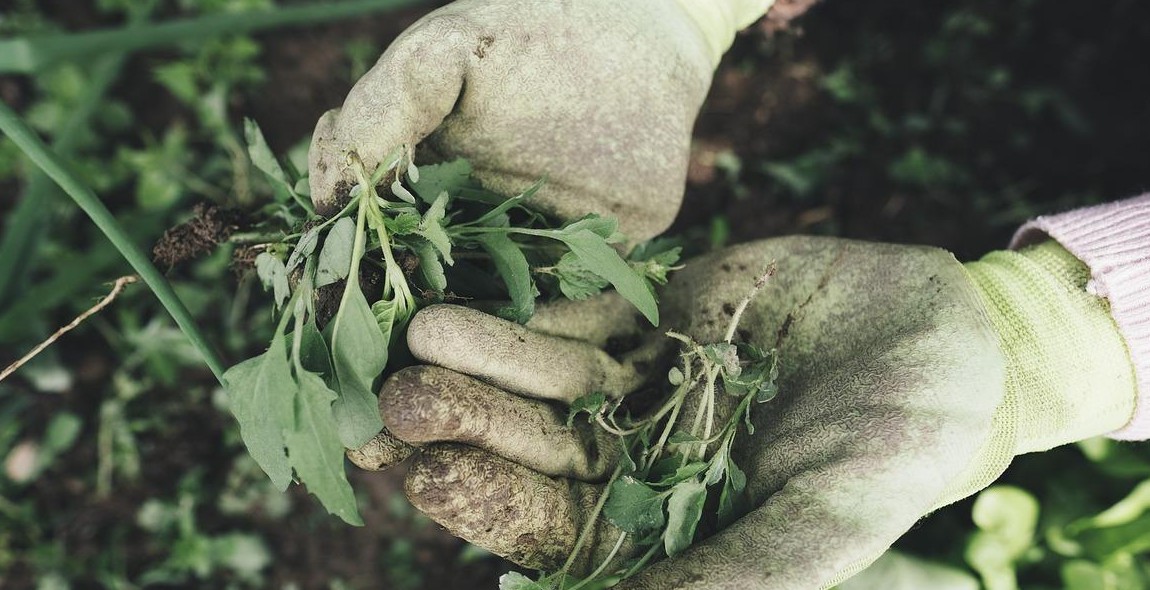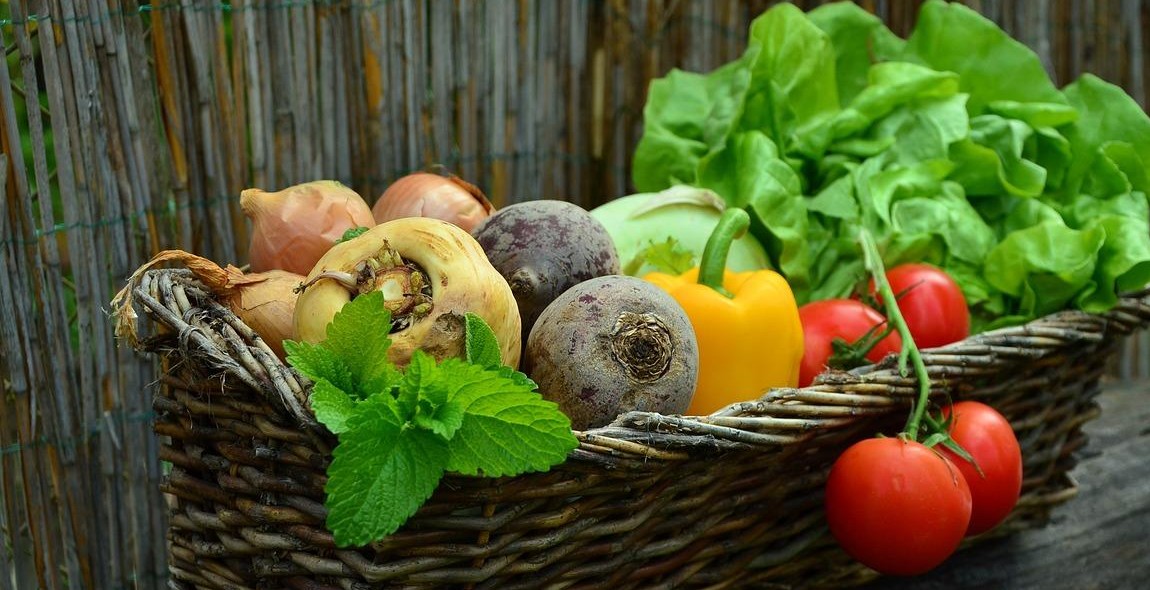How to Grow Your Own Food: Beginner’s Guide to Gardening and Sustainable Agriculture
Gardening and sustainable agriculture have become increasingly popular over the years, and for good reason. Not only does growing your own food provide a sense of satisfaction and accomplishment, but it also has numerous health and environmental benefits.
Why Grow Your Own Food?
- Health Benefits: By growing your own food, you have control over what goes into it. You can choose to grow organic produce without the use of harmful pesticides and chemicals. This means that you can enjoy fresh, nutrient-rich fruits and vegetables that are free from harmful toxins.
- Cost Savings: Growing your own food can save you money on your grocery bills. Seeds and starter plants are relatively inexpensive, and the cost of maintaining a garden is minimal compared to the cost of buying produce from the grocery store.
- Environmental Benefits: By growing your own food, you are reducing your carbon footprint. You are also reducing the amount of packaging and transportation required to bring food to your table.
- Satisfaction: There is nothing quite like the satisfaction of growing your own food. It is a rewarding experience that can provide a sense of accomplishment and pride.
Whether you are a seasoned gardener or a beginner, this beginner’s guide to gardening and sustainable agriculture will provide you with the knowledge and tools you need to grow your own food and reap the benefits.
Getting Started with Gardening: Beginner’s Guide to Sustainable Agriculture
Gardening is an excellent way to grow your own food, reduce your carbon footprint, and connect with nature. However, for beginners, it can be challenging to know where to start. In this guide, we will cover the basics of getting started with gardening, including choosing a location, deciding what to grow, and preparing the soil.
Choosing a Location
Choosing the right location for your garden is crucial. You want to choose a spot that gets plenty of sunlight, has good soil drainage, and is easily accessible for watering and maintenance. Before you start planting, take some time to observe the area you have in mind. Consider factors such as the amount of sunlight the area receives, the type of soil, and the amount of shade the area gets.
It’s also essential to consider the space you have available. If you have limited space, consider using containers or raised beds to maximize your growing area.
Deciding What to Grow
Deciding what to grow in your garden is entirely up to you. However, it’s essential to consider factors such as the climate in your area, the amount of space you have available, and your level of experience.
Start with plants that are easy to grow, such as tomatoes, peppers, and herbs. These plants are low-maintenance and can grow in a variety of conditions. Once you’ve gained some experience, you can start experimenting with other plants that require more care and attention.
Preparing the Soil
Preparing the soil is critical to the success of your garden. Before you start planting, you need to ensure that the soil is nutrient-rich and has good drainage.
The first step is to remove any weeds or debris from the area you’ve chosen for your garden. Then, till the soil to loosen it up and add organic matter such as compost or well-rotted manure. This will help improve the soil structure and provide essential nutrients for your plants.
Once you’ve added the organic matter, use a rake to level the soil and remove any large clumps. You’re now ready to start planting!
By following these tips, you’ll be well on your way to growing your own food and enjoying the benefits of sustainable agriculture. Happy gardening!

Planting
Planting is the most important part of gardening and sustainable agriculture. The success of your garden depends on how well you plant your seeds or seedlings. There are three main methods of planting: seed starting, transplanting seedlings, and direct sowing.
Seed Starting
Seed starting is the process of growing plants from seeds indoors before transplanting them outdoors. This method is ideal for plants that require a longer growing season or for gardeners who live in colder climates.
To start seeds indoors, you will need seed trays or pots, potting soil, and a warm, sunny location. Fill the trays or pots with potting soil and plant the seeds according to the instructions on the seed packet. Keep the soil moist and warm, and the seedlings should emerge in about a week or two.
Transplanting Seedlings
Transplanting seedlings is the process of moving seedlings from their indoor containers to the garden. This method is ideal for plants that require a shorter growing season or for gardeners who live in warmer climates.
To transplant seedlings, first, harden them off by gradually exposing them to the outdoor environment over the course of a week. Then, dig a hole in the garden soil and gently remove the seedling from its container. Place the seedling in the hole and cover the roots with soil. Water the seedling thoroughly.
Direct Sowing
Direct sowing is the process of planting seeds directly into the garden soil. This method is ideal for plants that are hardy and can withstand the outdoor environment.
To direct sow seeds, prepare the garden soil by removing any weeds or debris and loosening the soil. Follow the instructions on the seed packet for planting depth and spacing. Cover the seeds with soil and water them thoroughly.
Tips for Successful Planting
- Choose a sunny location for your garden.
- Make sure the soil is well-draining and rich in organic matter.
- Water your plants regularly and deeply.
- Fertilize your plants with organic fertilizer.
- Protect your plants from pests and diseases.
| Planting Method | Ideal Plants |
|---|---|
| Seed Starting | Tomatoes, peppers, eggplants |
| Transplanting Seedlings | Broccoli, cabbage, cauliflower |
| Direct Sowing | Carrots, lettuce, radishes |

Caring for Your Garden
Once you have planted your garden, it is important to take good care of it to ensure a bountiful harvest. Here are some tips for caring for your garden:
Watering
Watering your garden is crucial for the growth of your plants. It is important to water your plants deeply and regularly, especially during hot weather. However, overwatering can also be harmful to your plants. To determine if your plants need water, check the soil moisture level by inserting your finger into the soil. If it feels dry, it’s time to water. Consider using a soaker hose or drip irrigation system to conserve water and prevent evaporation.
Fertilizing
Plants need nutrients to grow, and fertilizing your garden can provide them with the necessary nutrients. Organic fertilizers, such as compost, manure, and bone meal, are preferred as they are environmentally friendly and improve soil health. Avoid using chemical fertilizers as they can harm beneficial microorganisms in the soil and contaminate groundwater.
Weeding
Weeds compete with your plants for nutrients, water, and sunlight. Regular weeding can help prevent them from taking over your garden. Pull weeds by hand or use a hoe to remove them. Consider using mulch to suppress weed growth and retain moisture in the soil.
Pest and Disease Control
Pests and diseases can quickly damage your plants and reduce your harvest. Identify the pests and diseases affecting your plants and take appropriate measures to control them. Natural remedies, such as neem oil and insecticidal soap, can help control pests without harming beneficial insects. Crop rotation and companion planting can also help prevent disease and pest problems.
| Task | Method |
|---|---|
| Watering | Deeply and regularly, using a soaker hose or drip irrigation system |
| Fertilizing | Using organic fertilizers, such as compost, manure, and bone meal |
| Weeding | Pulling weeds by hand or using a hoe, and using mulch to suppress weed growth |
| Pest and Disease Control | Using natural remedies, crop rotation, and companion planting |

Harvesting and Using Your Produce
One of the most rewarding parts of growing your own food is being able to harvest and enjoy your hard work. Here are some tips on when to harvest, how to store your produce, and recipe ideas to make the most out of your homegrown bounty.
When to Harvest
The timing of your harvest will depend on the type of plant you are growing. For example, tomatoes should be harvested when they are fully ripe and have a deep color, while greens like lettuce and spinach can be harvested when they are young and tender. Here are some general guidelines:
- Tomatoes: When they are fully ripe and have a deep color
- Peppers: When they are firm and have reached their full size and color
- Cucumbers: When they are firm and have a bright green color
- Greens: When they are young and tender
- Root vegetables: When they have reached their full size and are easy to pull from the soil
Storing Your Produce
Proper storage is key to keeping your produce fresh and flavorful. Here are some tips:
- Tomatoes: Store at room temperature away from direct sunlight
- Peppers: Store in the refrigerator in a plastic bag
- Cucumbers: Store in the refrigerator in a plastic bag
- Greens: Store in the refrigerator in a plastic bag with a damp paper towel
- Root vegetables: Store in a cool, dry place
Recipes and Meal Planning
Now that you have harvested your produce and stored it properly, it’s time to enjoy it! Here are some recipe ideas to get you started:
| Produce | Recipe Ideas |
|---|---|
| Tomatoes | Caprese salad, tomato sauce, salsa |
| Peppers | Stuffed peppers, fajitas, roasted peppers |
| Cucumbers | Greek salad, cucumber sandwiches, pickles |
| Greens | Salads, sautéed greens, smoothies |
| Root vegetables | Roasted root vegetables, mashed potatoes, carrot soup |
By planning your meals around your harvest, you can make the most out of your homegrown produce and enjoy the fruits of your labor all season long.

Sustainability and Agriculture
Sustainable agriculture is an approach to farming that aims to meet the needs of the present generation without compromising the ability of future generations to meet their own needs. It involves practices that are environmentally friendly, socially responsible, and economically viable.
Benefits of Sustainable Agriculture
Sustainable agriculture has numerous benefits, including:
- Reduced use of synthetic fertilizers and pesticides, which can harm the environment and human health
- Improved soil health and fertility through the use of organic matter and cover crops
- Conservation of water resources through the use of efficient irrigation techniques and water-saving practices
- Promotion of biodiversity through the use of crop rotation and companion planting
- Reduction in greenhouse gas emissions through the use of sustainable farming practices
Composting
Composting is the process of breaking down organic matter into a nutrient-rich soil amendment. It is an important part of sustainable agriculture because it helps to reduce waste, improve soil health, and promote biodiversity. Composting can be done on a small scale in a backyard compost bin or on a larger scale in a commercial composting facility.
Crop Rotation
Crop rotation is the practice of growing different crops in the same field in a planned sequence. It helps to improve soil health and fertility, reduce the build-up of pests and diseases, and promote biodiversity. Crop rotation can be done on a small scale in a home garden or on a larger scale in a commercial farming operation.
Companion Planting
Companion planting is the practice of growing different plants together in a way that benefits both plants. For example, planting beans and corn together can help to improve soil fertility and reduce the need for synthetic fertilizers. Companion planting can also help to attract beneficial insects and deter pests.
| Companion Plants | Benefit |
|---|---|
| Tomatoes and basil | Basil repels tomato hornworms |
| Carrots and onions | Onions repel carrot flies |
| Lettuce and radishes | Radishes help to break up compacted soil |
